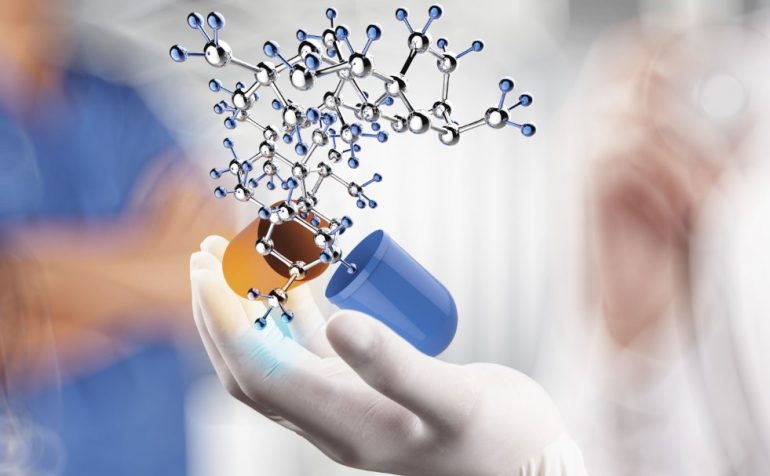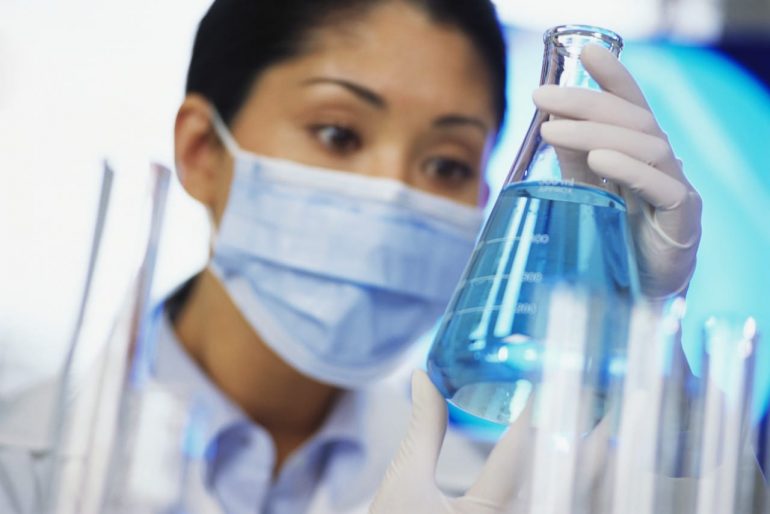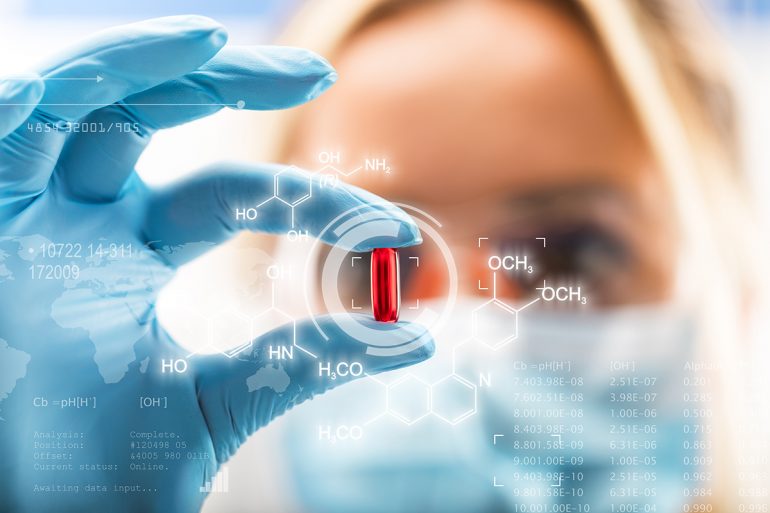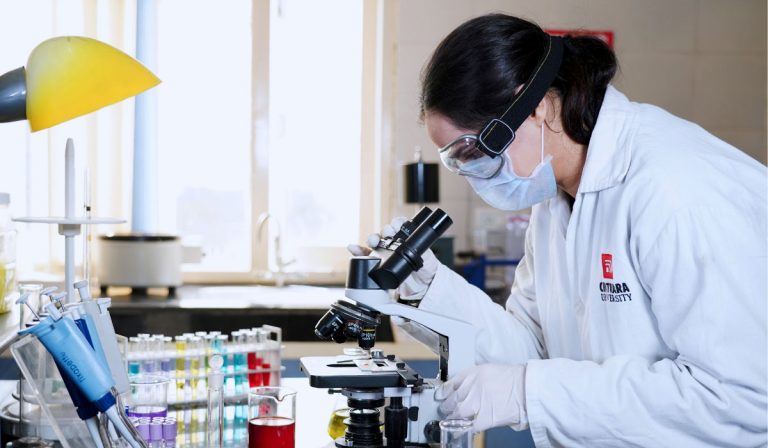When you think of the medications that play a pivotal role in keeping people healthy and managing diseases, have you ever considered the intricate science behind their creation? This is where medicinal chemistry comes into play, an interdisciplinary field that forms the backbone of drug design and development.
If you’ve ever found yourself asking, “What is medicinal chemistry?” you’re not alone. This vital discipline weaves together principles from various branches of science, including organic chemistry, biochemistry, pharmacology, and molecular biology, all directed toward the discovery and optimization of biologically active compounds.
Key Takeaways
- Medicinal chemistry integrates various scientific disciplines to create advanced drug therapies.
- The field has significantly evolved since World War II, driven by technological advancements.
- Medicinal chemists focus on the design and optimization of compounds for therapeutic use.
- Understanding both pharmacokinetics and pharmacodynamics is essential in drug development.
- This science is crucial for meeting unmet medical needs through innovative drug solutions.
Understanding Medicinal Chemistry

Medicinal chemistry is a critical discipline nurtured within the broader scope of Drug Discovery. This field encompasses the design and synthesis of biologically active molecules aimed at addressing unmet medical needs.
By integrating principles from various scientific domains, such as analytical chemistry, chemical biology, and pharmacology, medicinal chemistry strives to ensure that new drugs are both safe and effective. An understanding of the definition and scope of this field will enhance your appreciation of its significance in drug development.
Definition and Scope
At its core, medicinal chemistry focuses on the creation of new pharmacologically active compounds. The collaboration between medicinal chemists and other scientific fields fosters innovation and precision in drug design. Key responsibilities include:
- Identifying lead compounds that show potential as therapeutics.
- Conducting structure-activity relationship (SAR) studies to optimize these compounds.
- Ensuring that synthesized molecules are suitable for further development and testing.
The interplay between medicinal chemistry and drug discovery not only accelerates the creation of new treatments but also enhances the entire pharmaceutical landscape. A comprehensive medicinal chemistry review reveals insights into breakthroughs and ongoing research efforts.
Historical Evolution
The development of medicinal chemistry has transformed significantly over the decades, driven by advances in technology and our understanding of biological systems. Initially, the discipline revolved around natural products and herbal remedies. Over time, the introduction of synthetic compounds led to innovation within the field. Some historical milestones include:
- The isolation of morphine in the early 19th century marked a pivotal moment in pain management.
- The synthesis of aspirin in 1897, laid the groundwork for the field of pharmaceuticals.
- The development of the first antibiotic, penicillin, in the 1940s, revolutionized infection treatment.
What is Medicinal Chemistry? An Introduction to Drug Design and Development

Medicinal chemistry combines numerous disciplines, playing a crucial role in the drug discovery and development process. This field relies heavily on skillful manipulation of chemical structures to achieve desired therapeutic effects while minimizing adverse reactions.
Understanding the integral tasks performed by medicinal chemists and the modern tools available to them offers insight into the innovative approaches within this discipline.
The Role of Medicinal Chemists
Medicinal chemists are fundamental to the drug discovery process. Their expertise in synthesizing and optimizing new compounds is essential for identifying candidates with significant biological activity. Utilizing Drug Design Principles, they analyze structure-activity relationships (SARs) to propose modifications that enhance drug efficacy and stability.
The integration of knowledge from various scientific domains through teamwork stands out as a hallmark of contemporary medicinal chemistry. This collaborative environment fosters innovation and places medicinal chemists at the forefront of therapeutic development, allowing for targeted solutions to complex challenges in drug development.
More details on how medicinal chemistry contributes to this field can be explored further through resources availablethere, which offers a comprehensive overview of the latest advancements and discussions in medicinal chemistry.
Modern Techniques and Tools
Advancements in technology have transformed medicinal chemistry techniques, enabling more efficient compound design and testing. Key modern techniques include:
- Computer-aided drug design (CADD)
- High-throughput screening (HTS)
- Structure-based drug design (SBDD)
- Mass spectrometry for compound analysis
- NMR spectroscopy for structural elucidation
| Technique | Description | Impact on Drug Development |
| Computer-aided drug design (CADD) | Uses computational methods to predict how drugs interact with biological targets. | Enhances accuracy in designing effective molecules. |
| High-throughput screening (HTS) | Tests thousands of compounds simultaneously for activity against a target. | Accelerates the identification of potential drug candidates. |
| Structure-based drug design (SBDD) | Focuses on the 3D structure of biological targets to design drugs. | Improves specificity and reduces side effects. |
| Mass spectrometry | Analyzes the mass-to-charge ratio of ions to identify compounds. | Facilitates rapid characterization of drug candidates. |
| NMR spectroscopy | Provides information on the structure and dynamics of molecules. | Assists in elucidating molecular structures during optimization. |
The Drug Discovery Process

The journey from initial concept to effective medication involves a series of critical stages in drug discovery. Understanding these stages is essential for grasping how medicinal chemistry techniques contribute to drug development. By following a structured approach, scientists can navigate the complexities of creating therapies that improve patient outcomes.
Stages of Drug Development
The stages of drug development begin with the identification of medical needs and potential therapeutic targets. This foundational step leads to the generation of lead compounds through rigorous screening procedures. Once promising candidates are identified, they progress through a series of evaluations, including:
- Preclinical testing ─ In vitro and in vivo testing to assess efficacy and safety.
- Toxicological assessments ─ Evaluating the safety profile of compounds.
- Clinical trials ─ Conducted in phases to determine the compound’s effects on human subjects.
Challenges in Drug Development
Throughout the drug discovery process, numerous challenges can arise, impacting the timeframe and success rate of bringing a new drug to market. Common obstacles include:
- High attrition rates ─ Many candidates fail during various testing phases.
- Regulatory hurdles ─ Meeting stringent government requirements for safety and efficacy.
- Financial constraints ─ The cost of development can be prohibitively high.
Overcoming these challenges demands innovative approaches and advancements in medicinal chemistry techniques, ensuring that the drug development process can continue to produce effective therapies for patients in need.

